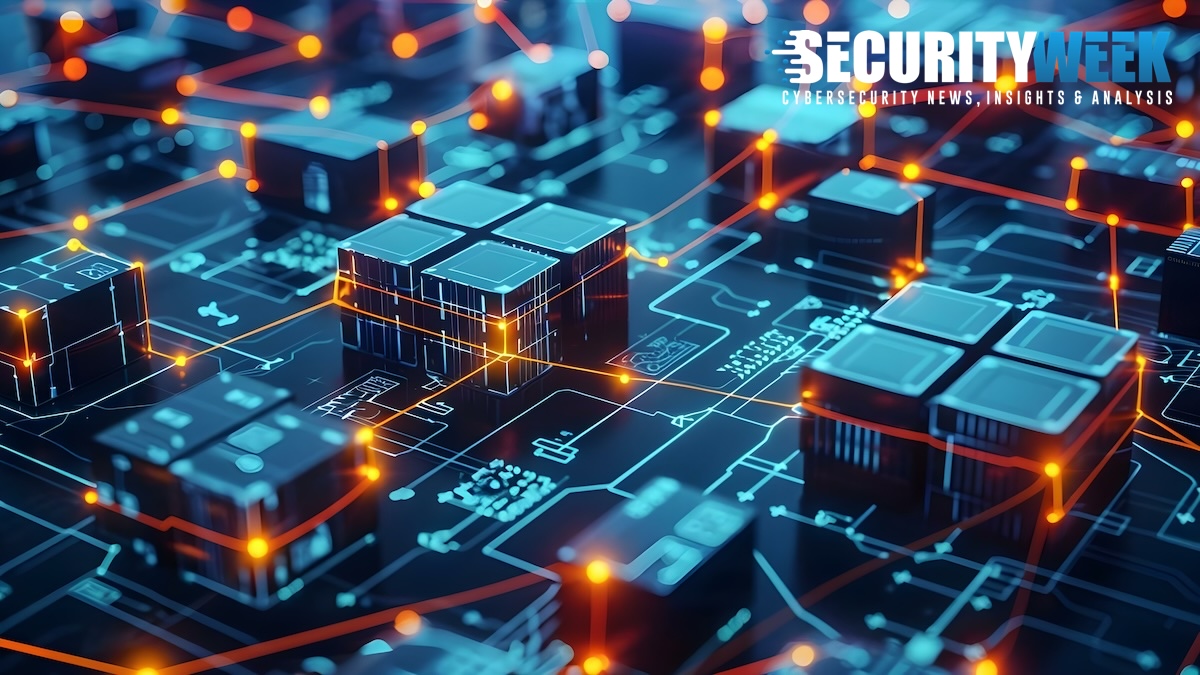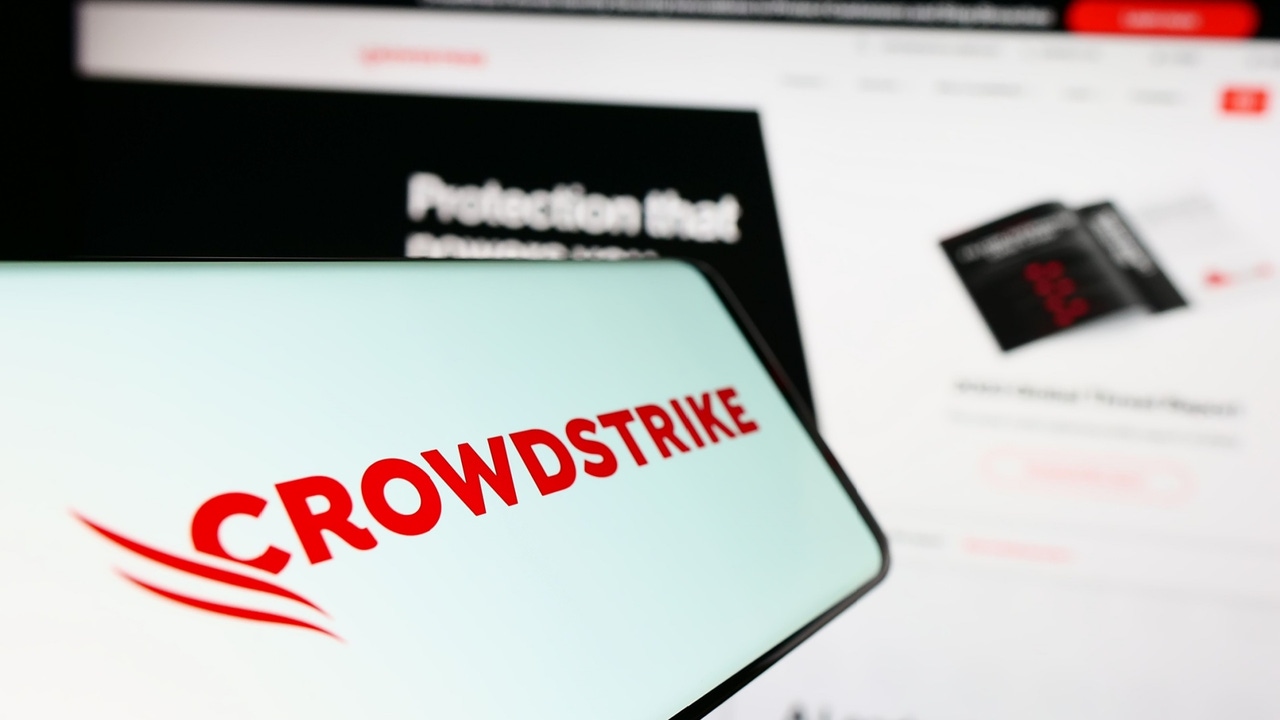High-Performance IT Strategy Drives Business Value From AI

CIOs and technology leaders have always aimed to ensure IT-business alignment, but achieving it proved challenging. Forrester's research indicated that firms with strong alignment grew 2.4 times faster than their peers and were twice as profitable. "Businesses often do not state their requirements clearly, and IT leaders struggle to understand them," Sharma said. ... Business is based on trust, and companies that people trust can earn more loyalty and advocacy. Because technology is central to customer experience, trust is vital in HPIT. Forrester's data showed that people who trusted a company were 1.8 times more likely to recommend that company to friends and peers. "We have found that the companies that can create mutual trust between business and IT - and business and their customers - tend to outperform their peers in the market," Sharma said. ... Organizations need to keep pace with the rapid technological changes. The swift evolution of technology necessitated quick adaptation and scaling to meet unique and common business needs. "Alignment is ongoing. You need to change your technology skills, practices and even the technology itself," Sharma said.
How to train an AI-enabled workforce — and why you need to

Building an AI team is an evolving process, just as genAI itself is steadily evolving — even week to week. “First, it’s crucial to understand what the organization wants to do with AI,” Corey Hynes, executive chair and founder at IT training company Skillable, said in an earlier interview with Computerworld. “Second, there must be an appetite for innovation and dedication to it, and a strategy — don’t embark on AI efforts without due investment and thought. Once you understand the purpose and goal, then you look for the right team,” Hynes added. ... Corporate AI initiatives, Alba said, are similar to the shift that took place when the internet or cloud computing took hold, and there was “a sudden upskilling” in the name of productivity. Major technology market shifts also affect how employees think about their careers. “Am I getting the right development opportunities from my employer? Am I being upskilled?” Alba said. “How upfront are we about leveraging some of these innovations? Am I using a private LLM at my employer? If not, am I using some of the public tools, i.e. OpenAI and ChatGPT? How much on the cutting edge am I getting and how much are we innovating?”
Immutability in Cybersecurity: A Layer of Security Amidst Complexity and Misconceptions

An immutable server provides an environmental defense for the data it contains.
It generally uses a stripped down operating system and configuration that does
not allow, or severely limits, third-party access. Under such circumstances, any
attempted access and any unusual activity is potentially malicious. Once
configured, the server’s state is fixed – the software, configuration files, and
data on the server cannot be modified directly. If this somehow does happen, the
data contained can be burned, a new server with the same system configuration
can be stood up, and fresh data from backup could be uploaded. It means, in
theory, the immutable server could always be secure and contain the latest data.
... Immutable backup is a copy of data that cannot be altered, changed, or
deleted. It is fundamentally some form of write once, read many times
technology. Anthony Cusimano, director of technical marketing at Object First,
provides more detail. “Immutable backup storage is a type of data repository
where information cannot be modified, deleted, or overwritten for a set period.
Most immutable storage targets are object storage and use an ‘object lock’
mechanism to prevent unintentional or deliberate alterations or deletions.”
CrowdStrike's Legal Pressures Mount, Could Blaze Path to Liability

Currently, the bar is so high for bringing a successful case against a software
maker that most attorneys are disincentivized to even try, says Fordham's
Sharma. "How these cases go will give us a lot of insight into how high are
these barriers, what needs to be reformed," she says. "We don't have a lot of
case law on this ... so this will be very exemplary in shedding light on exactly
what the contours of those barriers are." The software liability landscape is
currently pretty craggy. While simple on its surface — "software makers must be
held responsible for insecure software" — even the question of who is
responsible can quickly become complex, as the interplay between Delta Airlines,
CrowdStrike, and Microsoft shows. Software liability legislation and regulations
would have to solve this issue and many others, the Atlantic Council's Cyber
Statecraft Initiative stated in a 32-page analysis published earlier this year.
"Software security is a problem of 'shared responsibility': users of software,
in addition to its developers, have significant control over cybersecurity
outcomes through their own security practices," the report stated.
Meet Prompt Poet: The Google-acquired tool revolutionizing LLM prompt engineering

Prompt Poet is a groundbreaking tool developed by Character.ai, a platform and
makerspace for personalized conversational AIs, which was recently acquired by
Google. Prompt Poet potentially offers a look at the future direction of
prompt context management across Google’s AI projects, such as Gemini. ...
Customizing an LLM application often involves giving it detailed instructions
about how to behave. This might mean defining a personality type, a specific
situation, or even emulating a historical figure. Customizing an LLM
application, such as a chatbot, often means giving it specific instructions
about how to act. This might mean describing a certain type of personality
type, situation, or role, or even a specific historical or fictional person.
... Data can be loaded in manually, just by typing it into ChatGPT. If you ask
for advice about how to install some software, you have to tell it about your
hardware. If you ask for help crafting the perfect resume, you have to tell it
your skills and work history first. However, while this is ok for personal
use, it does not work for development. Even for personal use, manually
inputting data for each interaction can be tedious and error-prone.
The rise of the ‘machine defendant’ – who’s to blame when an AI makes mistakes?
One of the most obvious risks is that “bad actors” – such as organised crime
groups and rogue nation states – use the technology to deliberately cause
harm. This could include using deepfakes and other misinformation to influence
elections, or to conduct cybercrimes en masse. ... Less dramatic, but still
highly problematic, are the risks that arise when we entrust important tasks
and responsibilities to AI, particularly in running businesses and other
essential services. It’s certainly no stretch of the imagination to envisage a
future global tech outage caused by computer code written and shipped entirely
by AI. When these AIs make autonomous decisions that inadvertently cause harm
– whether financial loss or actual injury – whom do we hold liable? ... Market
forces are already driving things rapidly forward in artificial intelligence.
To where, exactly, is less certain. It may turn out that the common law we
have now, developed through the courts, is adaptable enough to deal with these
new problems. But it’s also possible we’ll find current laws lacking, which
could add a sense of injustice to any future disasters.
Making the gen AI and data connection work

Faced with insufficient datasets and the risk of training ML systems with
copyrighted data, the challenges for today's CIOs span from privacy and
security, to compliance and anonymization. So what can CIOs do beyond being
vigilant about regulation and collaborating with fellow managers to help
instill trust in AI? ... The real challenge, however, is to “demonstrate and
estimate” the value of projects not only in relation to TCO and the
broad-spectrum benefits that can be obtained, but also in the face of
obstacles such as lack of confidence in tech aspects of AI, and difficulties
of having sufficient data volumes. But these are not insurmountable
challenges. ... Gartner agrees that synthetic data can help solve the data
availability problem for AI products, as well as privacy, compliance, and
anonymization challenges. Synthetic data can be generated to reflect the same
statistical characteristics as real data, but without revealing personally
identifiable information, thereby complying with privacy-by–design regulations
and other sensitive details.
What’s the Difference Between Observability and Monitoring?

Monitoring acts like a vigilant guard, constantly checking system health
against predefined thresholds for signs of trouble. Its primary goal is to
track the health and performance of systems based on established metrics and
logs, like CPU utilization, memory usage, server response times or even
application-specific data points. ... While monitoring excels at identifying
deviations, observability aims to understand the system’s internal state by
analyzing its external outputs. Similar to a detective looking at clues at a
crime scene, observability gathers all available data (metrics, logs, traces
and events) to not only identify the issue but also uncover its root cause.
This holistic view allows teams to diagnose complex problems and anticipate
potential breakdowns before they occur. ... Observability and monitoring are
complementary rather than alternative practices. Monitoring is a vigilant
guard while observability is a thoughtful analyst. Being able to react to some
issues immediately while preventing others and making overall system
improvements over time — the winning strategy combines both.
Microsoft Teams offers more for developers

Much of the new developer functionality comes from an updated JavaScript
library: TeamsJS 2.0. As it offers a lot of backwards compatibility, older
applications can be quickly ported to the latest release, adding support for
Outlook as well as Teams. Some changes will need to be made, for example,
updating code to support more modern JavaScript asynchronous capabilities. At
the same time, there’s been a reorganization of the library’s APIs, grouping
them by capability. Microsoft has updated its Visual Studio Code Teams
Toolkit to help with application migrations. This automates the process of
updating dependencies and app manifests, providing notifications of where you
need to update interfaces and callbacks. It’s not completely automatic, but it
does help you start making necessary changes. ... Another interesting
developer feature is support for Mermaid, a JavaScript-based language that
allows you to quickly add charts and diagrams. Again, this can be used
collaboratively, enabling architects and other development team members to
dynamically document code snippets, showing how they interact and what
functionality they offer.
Quantum Cryptography Has Everyone Scrambling

At the center of these varied cryptography efforts is the distinction between
QKD and post-quantum cryptography (PQC) systems. QKD is based on quantum
physics, which holds that entangled qubits can store their shared information
so securely that any effort to uncover it is unavoidably detectable. Sending
pairs of entangled-photon qubits to both ends of a network provides the basis
for physically secure cryptographic keys that can lock down data packets sent
across that network. ... Typically, quantum cryptography systems are built
around photon sources that chirp out entangled photon pairs—where photon A
heading down one length of fiber has a polarization that’s perpendicular to
the polarization of photon B heading in the other direction. The recipients of
these two photons perform separate measurements that enable both recipients to
know that they and only they have the shared information transmitted by these
photon pairs. ... By contrast, post-quantum cryptography (PQC) is based not
around quantum physics but pure math, in which next-generation cryptographic
algorithms are designed to run on conventional computers.
Quote for the day:
"We get our power from the people we
lead, not from our stars and our bars." -- J. Stanford
No comments:
Post a Comment